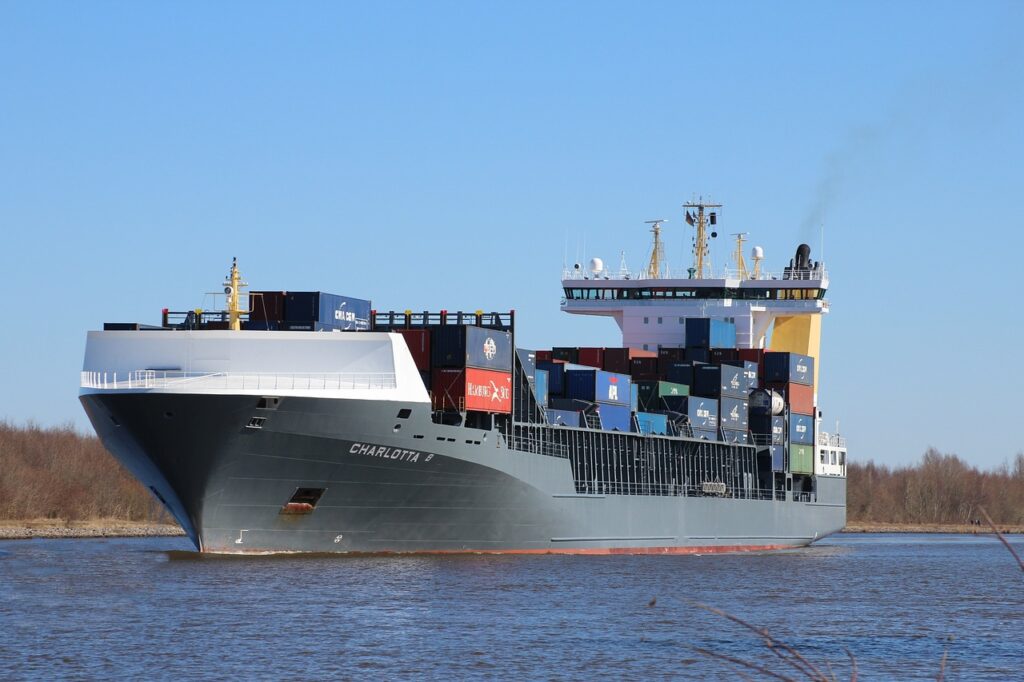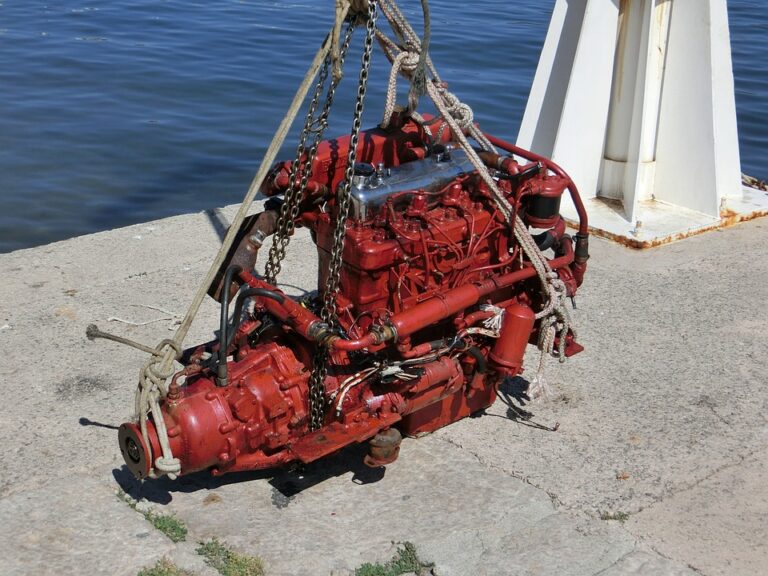History of Kolkata Port: Part 1

The history of Kolkata Port is a fascinating journey that spans centuries, reflecting the evolution of trade, commerce, and maritime activities in the Indian subcontinent. From its humble beginnings as a small river port to its current status as a major hub for international trade, the Kolkata Port has played a pivotal role in shaping the economic landscape of the region.
Ancient and Medieval Periods: The origins of Kolkata Port can be traced back to ancient and medieval times when the Ganges River served as a crucial waterway for trade. The river provided a natural route for merchants and traders, facilitating the exchange of goods between different regions of India. During the Mauryan and Gupta periods, the Ganges Delta witnessed the emergence of numerous ports along its banks, serving as vital centers for maritime activities.
Mughal Era: The Mughal rulers recognized the strategic importance of the Ganges River and its tributaries for trade and commerce. They developed several ports along the riverbanks, including the area that would later become Kolkata. The Mughals contributed to the improvement of infrastructure and navigation facilities, laying the foundation for future maritime development in the region.
European Arrival and the East India Company: The arrival of European powers in India marked a significant turning point in the history of Kolkata Port. The Portuguese, Dutch, French, and British sought to establish trade routes and outposts along the Indian coast. The British East India Company, in particular, played a pivotal role in shaping the destiny of Kolkata as a major port.
In 1690, Job Charnock, an agent of the British East India Company, established a trading post on the banks of the Hooghly River, a distributary of the Ganges. This post, known as Calcutta (later Kolkata), eventually became a flourishing center for trade and commerce.
Calcutta as a Trading Hub: As Calcutta developed, the need for a proper port infrastructure became evident. The British took initiatives to improve the port facilities to accommodate the growing trade demands. The construction of docks, warehouses, and other maritime infrastructure commenced, transforming Calcutta into a bustling trading hub.
19th Century Developments: The 19th century witnessed significant developments in the Kolkata Port. The construction of the Kidderpore Docks in 1834 marked a major milestone, providing modern facilities for loading and unloading cargo. The advent of steamships further revolutionized maritime transportation, and Kolkata adapted to these changes, enhancing its position as a key port in the British Empire.
Expansion and Modernization: The early 20th century saw further expansion and modernization of the Kolkata Port. The construction of the Princep Ghat in 1901 and the King George Docks in 1928 added to the port’s infrastructure. These developments increased the port’s capacity and efficiency, making it a vital gateway for trade not only within the British Empire but also with other international destinations.
Independence and Post-Independence Era: After India gained independence in 1947, Kolkata Port continued to play a crucial role in the country’s economic development. The government undertook initiatives to modernize and expand the port facilities to meet the growing demands of post-independence trade. The creation of the Kolkata Dock System and the Haldia Dock Complex further augmented the port’s capabilities.
Challenges and Changes in the 21st Century: In the 21st century, Kolkata Port faced challenges arising from changing global trade dynamics, technological advancements, and the need for increased efficiency. The government, recognizing the importance of adapting to these changes, initiated projects to upgrade infrastructure and implement modern technology to enhance the port’s competitiveness.
Current Status and Future Prospects: As of the latest available information, Kolkata Port continues to be a crucial maritime gateway for the eastern region of India. The Haldia Dock Complex, with its state-of-the-art facilities, handles a diverse range of cargo, including bulk cargo, containers, and petroleum products. The port’s strategic location and connectivity to the hinterland contribute to its significance in the country’s trade network.
Looking ahead, the Kolkata Port faces the challenge of further modernization and adaptation to emerging global trends. The development of multi-modal transportation, integration of technology, and sustainable practices will likely shape the port’s future. Additionally, collaborations with international partners and stakeholders may play a vital role in enhancing Kolkata Port’s global competitiveness.
Kolkata Port is a testament to the resilience and adaptability of maritime infrastructure over the centuries. From its ancient roots as a river port to its current status as a modern, diversified maritime complex, Kolkata Port has navigated through the currents of history, contributing significantly to the economic growth and development of the Indian subcontinent

